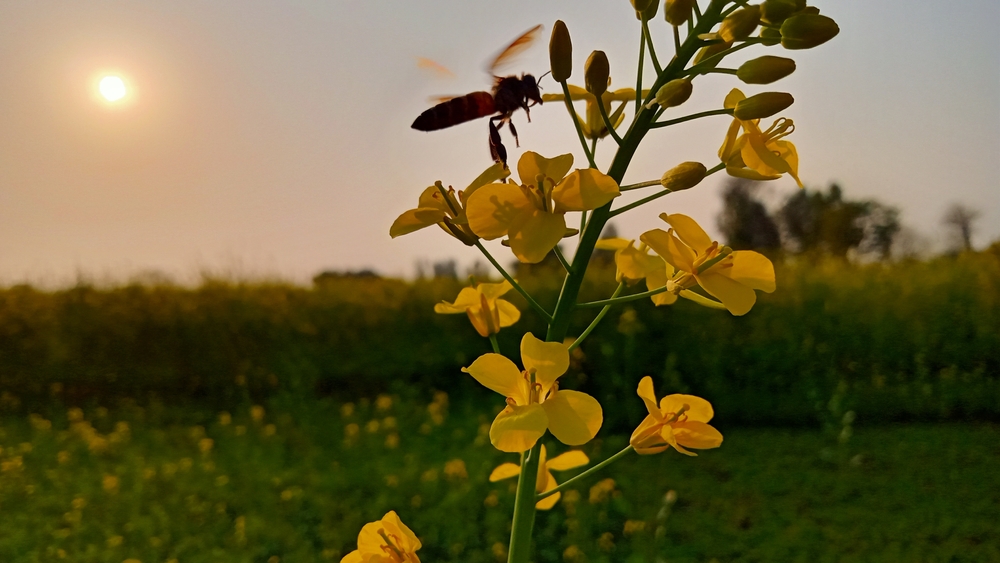Did You Know? 3 Interesting Facts to Share with Friends

In today’s fast-paced world, sharing fun and educational facts can be a delightful way to connect with others and keep conversations engaging. Whether you’re at a social gathering, catching up with friends, or simply looking to spark an interesting discussion, trivia can serve as an excellent conversation starter. Not only does sharing intriguing tidbits of information make interactions more enjoyable, but it also broadens your knowledge base and that of those around you.
The benefits of knowing and sharing interesting trivia are manifold. For one, it can enhance your cognitive abilities by keeping your brain active and engaged. Trivia requires recalling information, which exercises your memory and can even improve mental sharpness. Moreover, sharing these facts can help foster a sense of curiosity and a love for learning, inspiring both you and your friends to explore new topics and ideas.
We encourage you to dive into the fascinating world of trivia and start sharing these captivating facts with your friends. Not only will you be providing delightful nuggets of knowledge, but you’ll also be creating opportunities for meaningful and stimulating conversations. So, read on and discover three fascinating facts that are sure to amaze and entertain!
Fact 1: The Honeybee Dance
Honeybees have a unique and fascinating way of communicating with one another through a behavior known as the waggle dance. When a forager bee discovers a rich source of nectar, it returns to the hive and performs this intricate dance to inform other members of the colony about the location of the food source.
The waggle dance consists of a series of movements, including a figure-eight motion and a distinctive waggle run. The direction of the waggle run indicates the angle relative to the sun that the bees should follow to find the nectar, while the duration of the waggle phase conveys the distance to the food source.
Remarkably, this sophisticated method of communication has been finely tuned over millions of years. A surprising fact is that the famous Austrian scientist Karl von Frisch first decoded the meaning of the waggle dance in the 1940s, earning him a Nobel Prize in Physiology or Medicine in 1973. This intricate and purposeful dance showcases the remarkable intelligence and social coordination of honeybees, making it one of the most captivating behaviors in the animal kingdom.
Fact 2: The Power of Music on the Brain
Music holds a profound influence on both mental health and cognitive functions, acting as a powerful tool for emotional expression and mental well-being. Various studies have demonstrated that listening to music can reduce stress, alleviate depression, and even improve mood. For instance, research by Stanford University found that music engages areas of the brain involved with paying attention, making predictions, and updating events in memory.
The study revealed that rhythmic sound patterns in music can enhance brain function, making it easier for individuals to focus and process information. Furthermore, different genres of music can have varied effects; classical music, such as Mozart, has been shown to boost spatial-temporal skills and concentration, while pop and rock music can elevate energy levels and motivation. These genre-specific effects underscore the versatility of music as a therapeutic medium, allowing people to tailor their musical choices to achieve desired psychological and cognitive outcomes.
Fact 3: The Mystery of Bioluminescent Organisms
Bioluminescence is a captivating natural phenomenon where living organisms produce and emit light. This magical glow is the result of a chemical reaction involving a light-emitting molecule called luciferin and an enzyme called luciferase, which, when combined with oxygen, produce light. This ability can be found in various environments, from terrestrial habitats to the deepest parts of the ocean.
Some well-known examples of bioluminescent creatures include fireflies, which use their flashing lights to attract mates, and deep-sea creatures like the anglerfish, which employs a glowing lure to attract prey in the pitch-black depths. A lesser-known but fascinating bioluminescent organism is the Hawaiian bobtail squid, which harbors bioluminescent bacteria in a special light organ.
This mutualistic relationship allows the squid to camouflage itself by matching the light coming from the moon and stars above, rendering it nearly invisible to predators swimming below. This intricate interplay between biology and chemistry not only highlights the wonders of the natural world but also opens our eyes to the myriad ways organisms have evolved to thrive in their respective environments.
Conclusion
In conclusion, the wonders of the natural world and the intricacies of science provide endless opportunities for fascinating discoveries that can enrich our daily conversations. We’ve explored the remarkable communication skills of honeybees through their waggle dance, delved into the powerful effects of music on our brains, and marveled at the mystery of bioluminescent organisms. These captivating facts not only broaden our understanding of the world around us but also make for excellent conversation starters that can engage and inspire those around us.
We encourage you to share these intriguing facts with friends, family, and colleagues to spark interesting and meaningful conversations. The joy of sharing knowledge not only deepens your connections with others but also fosters a collective sense of curiosity and wonder.
If you found these facts as fascinating as we do, consider subscribing to our blog or following us on social media for more exciting content. There’s always more to learn and discover, and we’re here to bring you the most captivating and informative stories from various fields. So stay curious, keep sharing, and let’s continue exploring the wonders of our world together!


